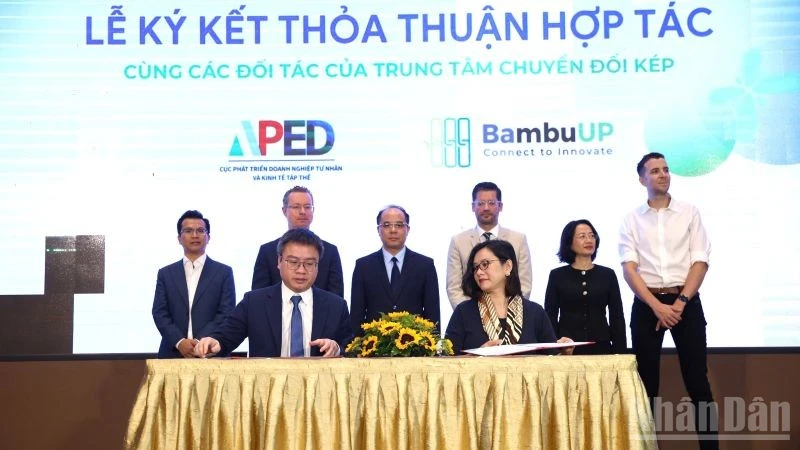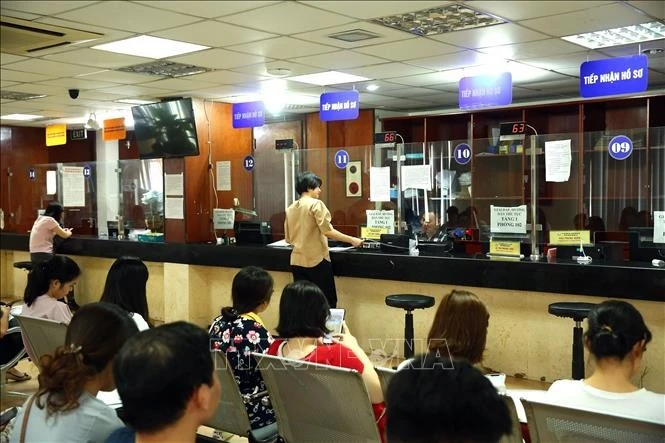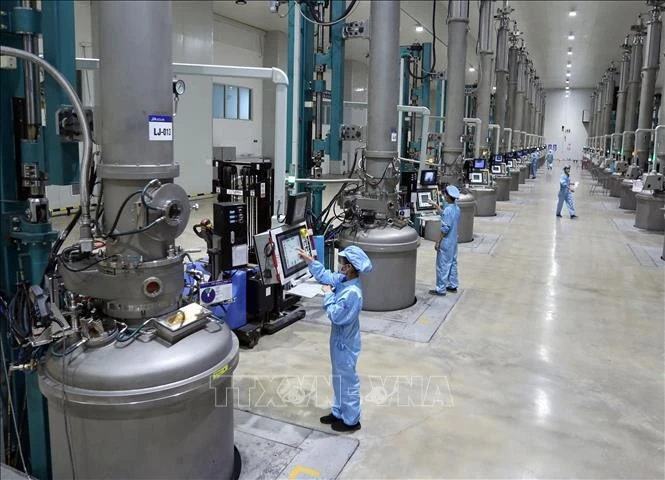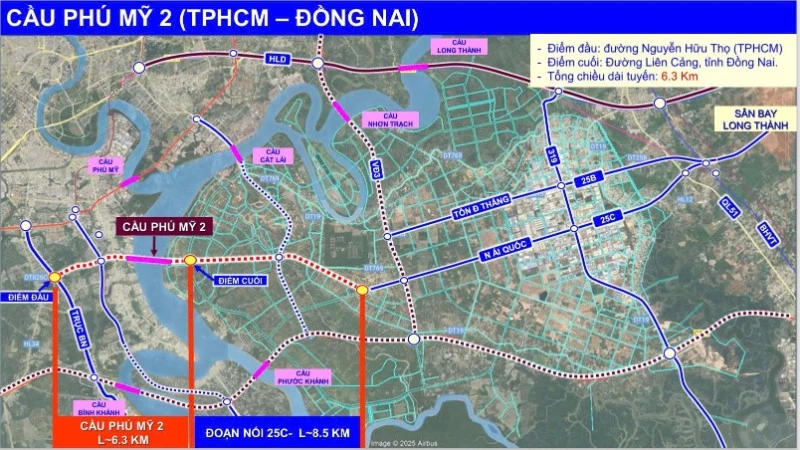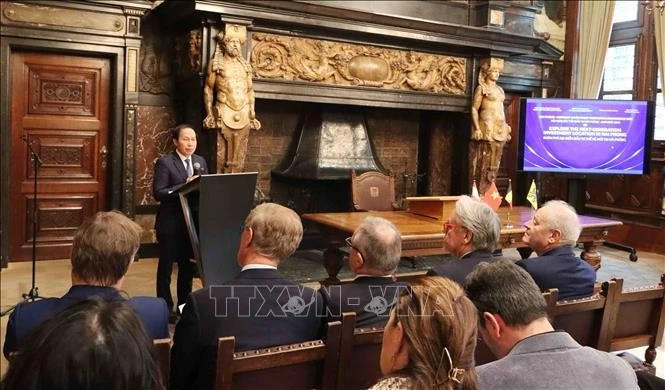From the national commitment to net zero emissions by 2050 to the Party’s successive breakthrough resolutions issued in recent times, the process of dual transformation in enterprises in Viet Nam has been strongly promoted, becoming a sustainable growth driver for the economy.
Elevating value
According to Hoang Quang Phong, Vice President of the Viet Nam Chamber of Commerce and Industry (VCCI), dual transformation has become a strategic driver for Viet Nam to pursue rapid, sustainable and inclusive growth. The application of digital technologies and smart energy management systems can help enterprises reduce operating costs by 10-15%, increase productivity by 20%, and cut carbon dioxide emissions by 5-8% each year, thereby contributing to the implementation of national commitments on sustainable development and achieving the net zero goal by 2050.
In practice, the growth rate of enterprises and the economy can only be truly sustainable through dual transformation, with a focus on productivity, technology and innovation.
Nguyen Hong Hien, Director of the Department of Science and Technology, Innovation and Digital Transformation under the Central Commission for Policy and Strategy, also affirmed that for enterprises, digital transformation helps enhance efficiency, reduce costs, expand markets and improve customer experience, while green transformation saves energy, reduces emissions, optimises resources and meets the stringent ESG (environmental, social and governance) standards of global markets.
At the national level, dual transformation opens up opportunities to enhance competitiveness and creates the conditions to become a smart, green and digital manufacturing hub in the region. These factors form the foundation for Viet Nam to make breakthroughs in new supply chains, where value no longer lies in cheap labour but in productivity, technology and environmental responsibility.
By 2030, Viet Nam will be among the top three ASEAN countries and the top 50 globally in digital competitiveness.
Therefore, the Politburo’s Resolution 57 issued in December 2024 affirms that developing science, technology, innovation and digital transformation is a top priority and a key driver for productivity growth and digital transition.
The resolution sets the goal that by 2030, the digital economy will account for at least 30% of GDP, more than 40% of enterprises will engage in innovation activities, and Viet Nam will be among the top three ASEAN countries and the top 50 globally in digital competitiveness.
The Politburo’s Resolution issued in May 2025 on the development of the private sector also outlines the viewpoint of promoting private-sector growth through digital and green transformation, aiming towards a knowledge-based and sustainable development model.
Most recently, in the draft documents of the 14th National Party Congress, the Party continues to strengthen these orientations, emphasising the need to establish a new growth model driven by science and technology, innovation and national digital transformation.
Such documents also set out mechanisms and policies to support and attract resources for four key areas of transformation: digital, green, energy and human resources. This is seen as a clear signal that Viet Nam is transforming and seizing existing advantages to gradually elevate the Vietnamese value on the global value chain map.
Driving sustainable growth
However, according to feedback from many enterprises, there remains a large gap between words and actions, creating a bottleneck for dual transformation. Some of the challenges include limited strategic awareness among business leaders, a lack of innovative thinking, and difficulty in assessing investment efficiency in dual transformation due to the absence of measurement systems.
In addition, financial, technological and managerial resources remain limited; human resources trained in digital and green transformation are still insufficient; and many enterprises continue to apply outdated regulations that do not align with international environmental and traceability standards.
Tran To Loan, Vice President of Sao Do Group (the investor of Nam Dinh Vu Industrial Park in Hai Phong), shared that some enterprises import virgin plastic pellets meeting US or EU standards, but under current regulations, these are classified as recycled products, leading to their projects being denied investment licences. This makes it difficult for Nam Dinh Vu Industrial Park to attract recycling projects.
This reality shows that digital and green transformation processes remain somewhat separate and inconsistent, underscoring an urgent need to bridge the gap between policy and implementation so that dual transformation is not merely a slogan but truly becomes a sustainable growth driver for the economy.
Enterprises must be placed at the centre, supported by breakthrough solutions and comprehensive, synchronised strategies. Policies, when introduced, should be carefully designed and informed by consultations with business associations and enterprises to ensure feasibility during implementation, avoiding delays and loss of investment motivation.
Furthermore, the government needs to promptly improve standards, digital infrastructure and financial policies; promote access to green finance sources; and help enterprises implement environmentally friendly, clean energy and sustainable development projects.
It should also continue to create a favourable business environment and support enterprises in accessing high-quality human resources in digital technology and artificial intelligence – key factors for green, smart and sustainable growth.
For enterprises, there is no single model suitable for all, as scales, resources, technological levels and financial conditions differ. Each must find its own suitable path, but with a clear strategy, specific roadmap and discipline in implementation.
Change must begin with awareness and mindset regarding dual transformation; innovation and readiness for change must be fostered in enterprises of all sizes. Financial transparency, legal compliance, enhanced governance capacity and technological mastery are essential. Enterprises also need to collaborate, link and share resources to create synergy in the innovation process, fostering connection and an enabling development environment.
This will be an important driving force for Vietnamese enterprises not only to achieve sustainable growth domestically but also to be competitive and deeply integrated into the international market.

